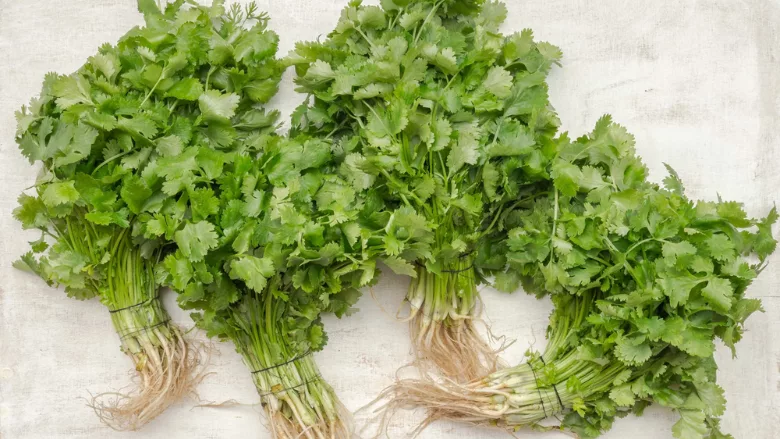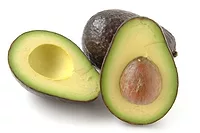FDA Releases Data on Prevalence of Three Important Pathogens in Fresh Herbs

Image credit: Magdalena Olszewska via Unsplash
In 2017, the U.S. Food and Drug Administration (FDA) launched a sampling assignment to collect fresh cilantro, parsley, and basil, which were analyzed for Cyclospora cayetanensis, Salmonella, and Shiga toxin-producing Escherichia coli (STEC). The goal of the assignment was to determine the prevalence of the three pathogens in the sampled herbs, and to inform proactive follow-up actions to protect food safety, as warranted.
Representing the first time FDA has conducted a large-scale field activity to focus on fresh basil, cilantro, and parsley, the results of the project provide the agency with important baseline data (i.e., the first-ever prevalence estimates) of C. cayetanensis, Salmonella., and STEC in the targeted commodities.
The sampling assignment was prompted by a historic public health risk presented by fresh herbs contaminated with C. cayetanensis, Salmonella, and STEC. Between 2000 and 2016, cilantro was potentially linked to at least three outbreaks in the U.S. Since 2017, the U.S. has experienced at least six additional outbreaks involving basil, cilantro, and parsley, accounting for more than 1,200 illnesses and 80 hospitalizations.
For the assignment, FDA collected fresh raw basil, cilantro, and parsley samples from various points in the supply chain. Imported fresh herbs were collected at ports of entry, importer warehouses, and other storage facilities. Domestic samples were collected at packinghouses, distribution facilities, wholesalers, and retail locations. Agency field staff collected retail samples from refrigerated storage at grocery stores, prior to consumer handling.
Analysis detected C. cayetanensis in 11 of the 120 basil samples (9.2 percent), seven of the 553 cilantro samples (1.3 percent), and none of the 139 parsley samples. Salmonella was found in seven of the 248 basil samples (2.8 percent), eight of the 849 cilantro samples (0.9 percent), and two of the 261 parsley samples (0.8 percent). STEC was not found in any of the basil or parsley samples, and was detected in only one of the 849 cilantro samples (0.1 percent).
When samples turned up positive for a pathogen, FDA notified the responsible firm with respect to the test results and worked with its owners or management to take appropriate action. Follow-up activities included measures to correct and prevent contamination and, where applicable, remove unsafe food from the market. FDA worked with each domestic firm that owned or distributed adulterated herbs to effect four voluntary product recalls. Regarding imported samples, FDA refused to admit 20 shipments associated with positive pathogen findings into the U.S., and placed the responsible firms and products on import alerts.
FDA encourages industry to ensure its compliance with relevant parts of the Food Safety Modernization Act (FSMA), namely, the Produce Safety Rule, the Preventive Controls for Human Food Rule, and the Food Traceability Final Rule, as applicable. Importers of fresh herbs should ensure their compliance with FDA’s Foreign Supplier Verification Programs Rule (FSVP).
Looking for quick answers on food safety topics?
Try Ask FSM, our new smart AI search tool.
Ask FSM →









